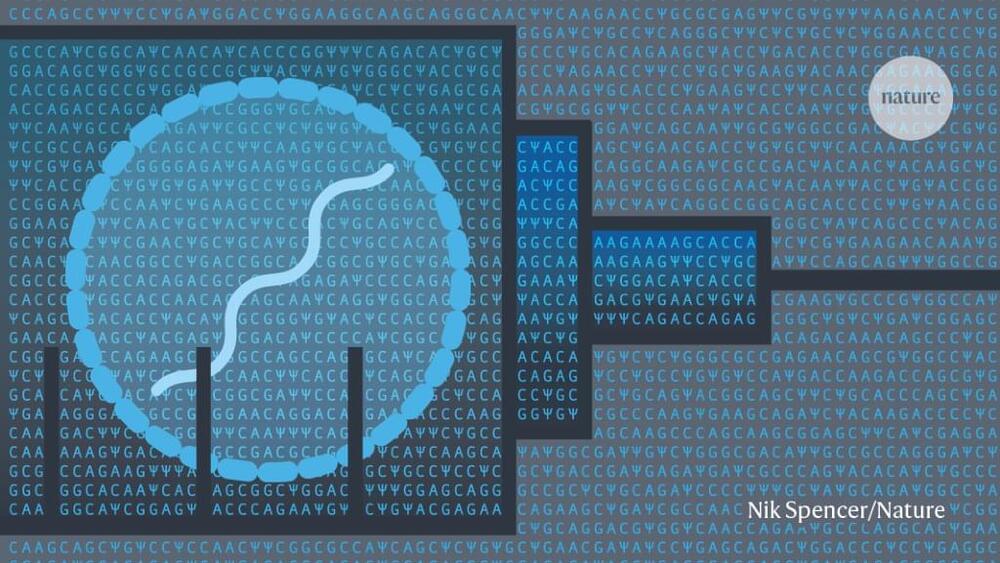Welcome to AI book reviews, a series of posts that explore the latest literature on artificial intelligence.
Recent advances in deep learning have rekindled interest in the imminence of machines that can think and act like humans, or artificial general intelligence. By following the path of building bigger and better neural networks, the thinking goes, we will be able to get closer and closer to creating a digital version of the human brain.
But this is a myth, argues computer scientist Erik Larson, and all evidence suggests that human and machine intelligence are radically different. Larson’s new book, The Myth of Artificial Intelligence: Why Computers Can’t Think the Way We Do, discusses how widely publicized misconceptions about intelligence and inference have led AI research down narrow paths that are limiting innovation and scientific discoveries.







